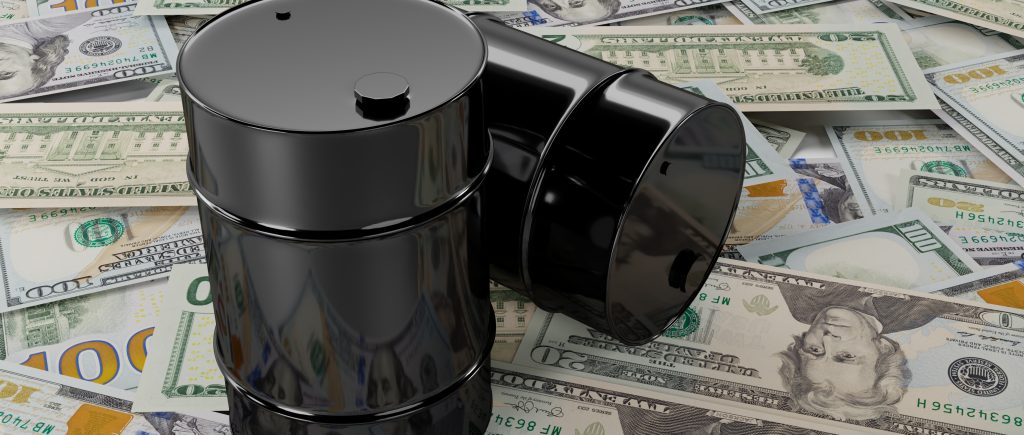In its monthly Short Term Energy Outlook (STEO) report, the US Energy Information Administration has raised its forecast for 2022 world oil demand growth by 200000 barrels per day (BPD).
This data was released on Tuesday, and now demand growing 3.55M BPD YoY next year. The EIA STEO cut its forecast for 2021 world oil demand growth by 10K BPD to a 5.1M BPD YoY increase. Crude oil prices have not reacted to the latest EIA’s STEO, but have been trading on the front foot throughout Tuesday’s session amid the broad risk-on market sentiment.
Oil prices rose on Tuesday, extending the previous day’s almost 5% rebound as concerns over the impact of the Omicron coronavirus variant on global fuel demand eased and Iran nuclear talks stalled, delaying the return of Iranian crude.
Brent crude futures were up $1.49, or 2%, at $74.57 a barrel by 1430 GMT, having registered a 4.6% gain on Monday. U.S. West Texas Intermediate crude was up $1.71, or 2.5%, at $71.20, building on a 4.9% gain in the previous session.
Oil prices were fell last week by concerns that vaccines might be less effective against the Omicron variant, sparking fears that governments could impose fresh restrictions to curb its spread and hit global growth and oil demand.
However, a South African health official reported over the weekend that Omicron cases there had shown only mild symptoms. Also, the top U.S. infectious disease official, Anthony Fauci, told CNN that “it does not look like there’s a great degree of severity” so far.
The oil market is experiencing some early Christmas cheer today, extending its recent run of gains thanks to rising optimism surrounding the Omicron variant and its potential impact on demand in the remainder of this year and the first half of 2022.
In another sign of confidence in oil demand, the world’s top exporter, Saudi Arabia, raised monthly crude prices on Sunday.
That came after the Organization of the Petroleum Exporting Countries (OPEC) and its allies, a group known as OPEC+, agreed to continue raising output by 400,000 barrels per day (bpd) in January despite the release of U.S. strategic petroleum reserves.
Meanwhile, a Reuters poll showed that U.S. crude inventories are likely to have fallen for a second straight week last week.
Oil prices were also supported by delays to the return of Iranian oil, with indirect nuclear talks between the United States and Iran having hit stumbling blocks. Germany urged Iran on Monday to present realistic proposals in talks over its nuclear program.

 Noor Trends News, Technical Analysis, Educational Tools and Recommendations
Noor Trends News, Technical Analysis, Educational Tools and Recommendations




